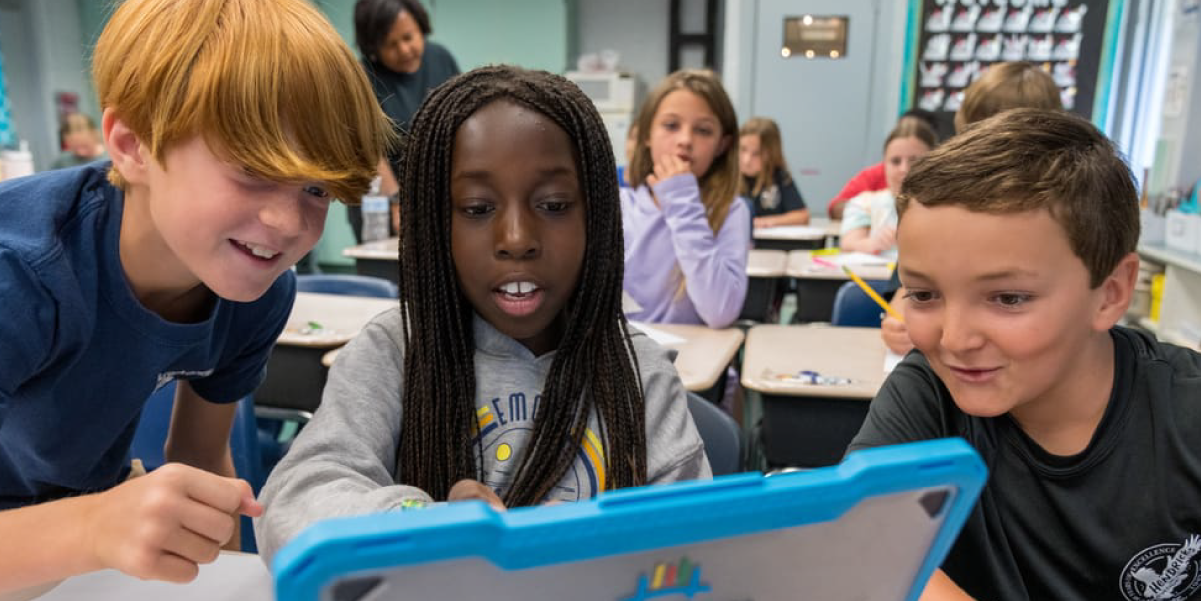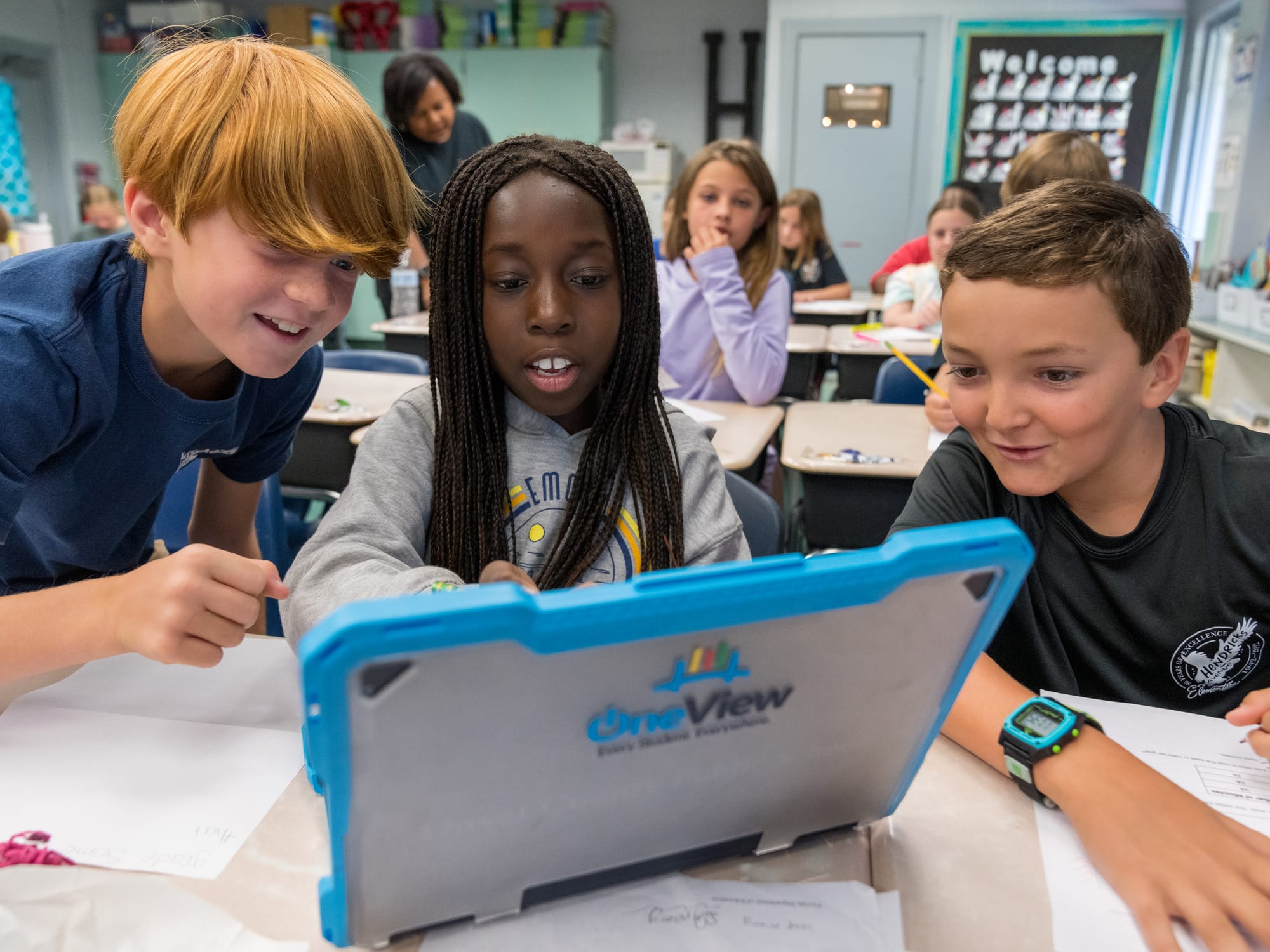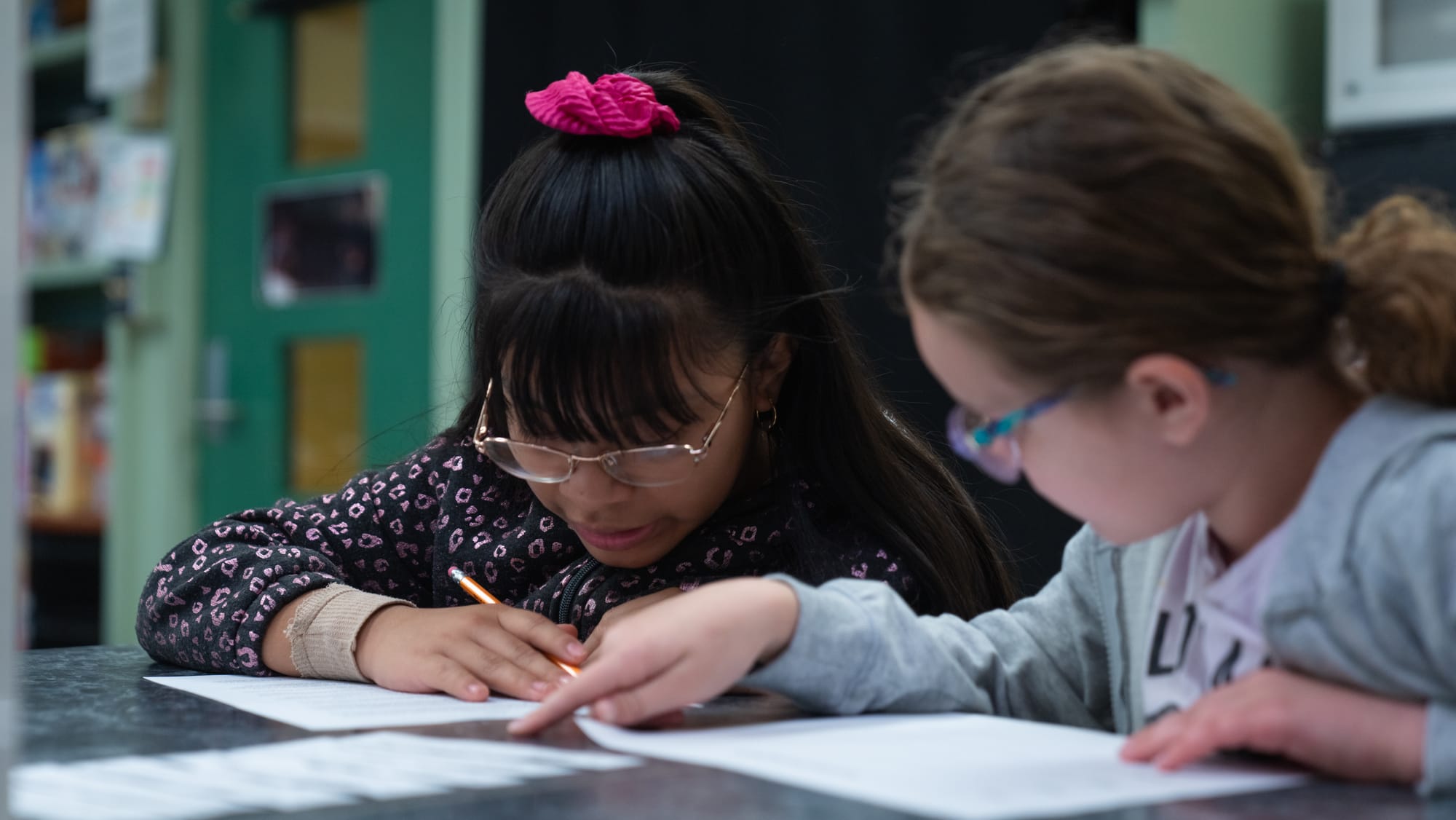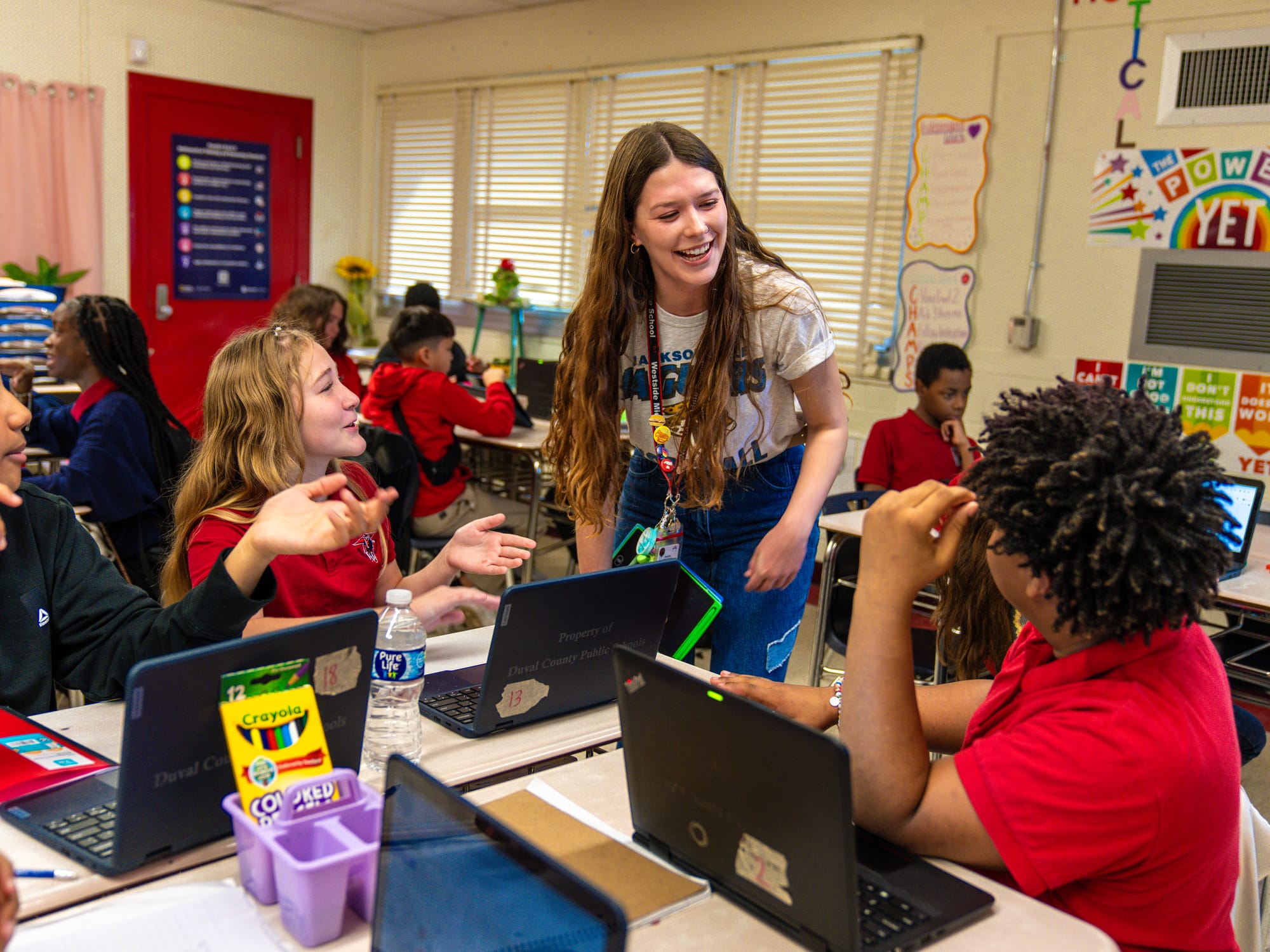José A. Acevedo: Closing the Divide
How multilingual districts can create welcoming environments and strong school communication plans


Written by José A. Acevedo, Supervisor of Marketing & Public Relations for Duval County Public Schools in Jacksonville, Florida
In schools today, the creative mix of languages and cultures offers both great chances and big challenges. I've worked with multilingual school districts for over 15 years, and I've witnessed how language differences can bring people together or push them apart.
Our classrooms are brimming with different languages and cultural customs. Yet many families still find it hard to take part in their kids' schooling because of language barriers.
In this article, I'll talk about why good communication matters so much in multilingual districts. I'll look at real problems families face. I'll show how smart communication plans can help both schools and families. Finally, I'll give practical language and communication tips that have worked to make school communities more open to everyone.
The Challenges: Dealing with a Tricky Situation
Day after day, I see families struggling to keep up with their kids' schooling. Think about being a mom or dad who can't understand what's in your child's backpack notes, or feeling stuck when you try to check grades online. These aren't just small problems—they're big hurdles that can make families feel cut off and out of touch with their child's learning.
Take Maria, for example. She missed her daughter's show at school because she couldn't understand the notice about it. Or Ahmed, a dad who wants to help with homework but finds the English directions tough. These aren't one-off cases—they stand for many families in our schools who face these kinds of issues every day.
Studies support what we observe in our school corridors and classrooms. A thorough 2019 report by the National Center for Education Statistics (NCES)1 showed that language obstacles often stop parents from taking part fully in their kids' schooling. The numbers indicate that parents who don't speak the school's main language well are less likely to show up for meetings, help out, or join in school leadership. Dr. Karen Mapp, whose work to involve families has changed many schools, points out, "When schools effectively engage families, particularly those from diverse linguistic and cultural backgrounds, they create a powerful partnership that benefits students, families, and the entire school community."2
Language is just one part of the picture. Cultural differences in communication can create misunderstandings that spread through the school community. Some cultures prefer direct, straightforward talk, while others like a more subtle approach. To understand and respect these differences isn't just about being polite—it's key to building real trust and strong connections.

The Benefits: Creating Paths to Understanding
When schools use full multilingual communication plans, they open up a world of opportunities for everyone in their community. I've seen how making communication easy to access changes schools into welcoming places where all families feel at home. This basic yet strong change starts waves of good change throughout the whole school system.
- Enhanced Family Engagement: Parents who receive information in their own language play a larger role in their kids' schooling. They're more likely to attend school events, have engaging conversations during parent-teacher meetings, and team up with teachers to help their kids learn. This closer involvement leads to kids coming to school more often, doing better in class, and growing up healthier.
- Improved Student Outcomes: Studies show that when families get involved in education, kids perform better. They earn higher grades, cause less trouble, and are more likely to graduate school. By talking to families in languages they understand, we give them the power to create learning-friendly homes that back up what kids learn in class.
- Stronger School-Community Relationships: Open communication builds trust between schools and families. When parents feel heard, they become stronger supporters of their school community, sharing their unique views and talents.
- Increased Cultural Understanding: Using multiple languages does more than share information—it values diversity. By respecting different languages, schools create lively learning spaces where cultures mix.

Successful Initiatives: Inspiring Examples
Let me share a few successful initiatives from schools and districts that have changed their communities through new communication projects.
- Multilingual Websites and Social Media: Schools that make their online presence available in multiple languages open doors for all families. Websites and social media channels that communicate with families in their primary languages help everyone stay connected. Regular updates about school events, important announcements, and policies become easy to access for all, which creates an inclusive online community.
- Translated Documents and Materials: Schools must provide key documents—from registration forms to parent handbooks and newsletters—in the languages found in their school community. When families can read and understand these materials in their first language, they become active partners in their kids' education.
- Bilingual Staff and Interpreters: Bilingual team members act as cultural bridges in our schools. These professionals do more than translate; they build connections between families and educators. When we can't secure bilingual staff, professional interpreters step in to help. They ensure everyone understands each other during conferences, meetings, and school events.
- Parent Liaisons and Community Outreach Programs: Parent liaisons guide our multilingual families through the school system. They lead workshops, translate resources, and advocate for families. This helps families get involved in their child's education in a way that makes sense to them.
- Responsive Communication: Knowing and respecting the cultural differences of our diverse families changes how we connect with them. This involves creating relationships based on a shared understanding and trust where each family feels appreciated and heard.

Recommendations: Creating a More Inclusive Future
Here are practical steps schools can take to create more welcoming spaces for multilingual families:
- Do a Language Needs Assessment: Begin by learning about your community's language scene through a thorough assessment. This useful information becomes your guide to develop targeted communication strategies.
- Create a Multilingual Communication Plan: Design a thoughtful plan that shows your dedication to inclusive communication spelling out specific strategies to translate, interpret, and engage with the community.
- Put Money into Translation and Interpretation Services: Set aside funds for expert language services. Keep in mind clear communication matters too much to trust untrained helpers or students.
- Teach Staff about Cultural Awareness: Give your team the know-how they need through job training that focuses on understanding different cultures.
- Form a Multilingual Family Advisory Group: Build a committee that represents various family opinions about how to communicate.
- Make Good Use of Technology: Adopt digital tools like translation apps, websites with translation functionalities, and social media to reach more people and be more accessible.
- Check and Improve How You Talk: Ask families and staff often if your messages are helping, and change things based on what they say.
When we think about speaking well in our schools, it's not just about sending messages—it's about making a safe place where every family feels at home. By using multiple languages, we welcome all families with open arms. We invite them to join in their kids' learning journey and to help build stronger, livelier communities together.
Nelson Mandela's words stand the test of time: "Education is the most powerful weapon which you can use to change the world." Effective communication acts as a link that joins every kid to their complete educational capacity, no matter what language they use at home, truly enabling them to change the world.
References
- Participation in School Activities by Spanish- and English-speaking Parents of Enrolled Students: 1999–2019. (2024). National Center for Education Statistics at IES. https://nces.ed.gov/pubs2024/2024131.pdf
- Mapp, K. L., Carver, I., & Lander, J. (2017). Powerful partnerships: A Teacher’s Guide to Engaging Families for Student Success. Scholastic.
